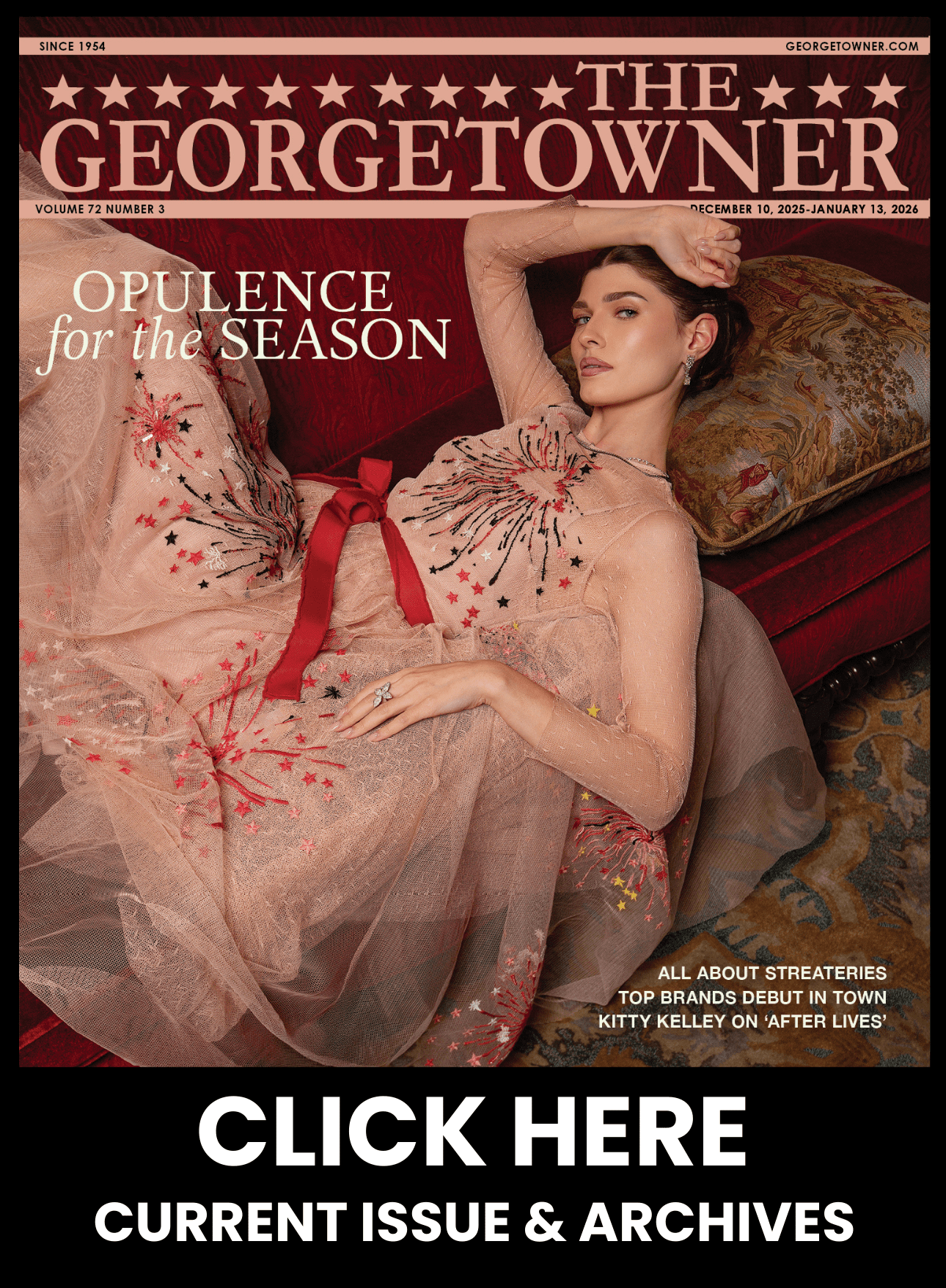Featured
Susan Rhea on ‘Small and Mighty’ Keegan Theatre
From HoJo to Boathouse
• August 15, 2016
Once a hotel used to stake out the DNC, later a GW dorm, the Virginia Avenue building will become apartments.
S&R Foundation’s Social Enterprise: Halcyon Creatives in Georgetown
• August 12, 2016
In two short years, S&R’s Halcyon Incubator has nurtured 32 ventures, with another eight on the way.
S&R Foundation’s Social Enterprise: Halcyon Creatives in Georgetown
• August 10, 2016
In two short years, S&R’s Halcyon Incubator has nurtured 32 ventures, with another eight on the way.
National Night Out in Georgetown, Aug. 2
• August 4, 2016
Activities that support neighborhood anticrime efforts will take place in each of D.C. seven districts.
Meet ‘The Geeks’ at Nat Geo, July 29
• August 1, 2016
Where else can you hear from “Nat Geo explorers fresh from the field”?
The Laurel Highlands: Close Encounters of the Wright Kind
•
The semi-rural area, roughly 50 miles southeast of Pittsburgh, is a convenient and relatively undiscovered destination for getaways from D.C.
National Night Out in Georgetown, Aug. 2
•
Activities that support neighborhood anticrime efforts will take place in each of D.C. seven districts.
Meet ‘The Geeks’ at Nat Geo, July 29
• July 28, 2016
Where else can you hear from “Nat Geo explorers fresh from the field”?
Fallingwater, Duncan House and Kentuck Knob
• July 27, 2016
Three Frank Lloyd Wright houses are open to the public in Pennsylvania’s Laurel Highlands.
The Laurel Highlands: Close Encounters of the Wright Kind
•
The semi-rural area, roughly 50 miles southeast of Pittsburgh, is a convenient and relatively undiscovered destination for getaways from D.C.

